Raspberry Pi 3B+ / 3B plus Motherboard SBC – Board only
₹2,966.10 ₹2,671.19 Excludes GST
The Raspberry Pi 3 Model B+ is the latest product in the Raspberry Pi 3 range.
- Broadcom BCM2837B0, Cortex-A53 (ARMv8) 64-bit SoC @ 1.4GHz
- 1GB LPDDR2 SDRAM
- 2.4GHz and 5GHz IEEE 802.11.b/g/n/ac wireless LAN, Bluetooth 4.2, BLE
- Gigabit Ethernet over USB 2.0 (maximum throughput 300 Mbps)
- Extended 40-pin GPIO header
- Full-size HDMI
- 4 USB 2.0 ports
- CSI camera port for connecting a Raspberry Pi camera
- DSI display port for connecting a Raspberry Pi touchscreen display
- Micro SD port for loading your operating system and storing data
- Power-over-Ethernet (PoE) support (requires separate PoE HAT)
Out of stock
Raspberry Pi 3B+ / 3B plus Motherboard:
DETAILED Description:
The Raspberry Pi 3 Model B+ is the latest product in the Raspberry Pi 3 range, boasting a 64-bit quad-core processor running at 1.4GHz, dual-band 2.4GHz and 5GHz wireless LAN, Bluetooth 4.2/BLE, faster Ethernet, and PoE capability via a separate PoE HAT.
The secret sauce that makes this computer so small and powerful is the Broadcom BCM2837, an ARM Cortex-A53 64-bit Quad-Core Processor System-on-Chip operating at 1.4GHz. The GPU provides OpenGL ES 2.0, hardware-accelerated OpenVG and 1080p30 H.264 high-profile decode. It is capable of 1Gpixel/s, 1.5Gtexel/s or 24 GFLOPs of a general-purpose computer. What does that all mean? It means that if you plug the Raspberry Pi 3 B+ into your HDTV, you could watch Blu-ray quality video, using H.264 at 40MBits/s.
The Raspberry Pi 3 B+ has four built-in USB ports that provide enough connectivity for a mouse, keyboard or anything else that you feel the RPi needs. But if you want to add even more, you can still use a USB hub. Keep in mind, it is recommended that you use a powered hub so as not to overtax the onboard voltage regulator. Powering the Raspberry Pi 3 B+ is easy just plug and Play with 5V/2.5A USB power supply into the micro USB port. There’s no power button, so the RPi will begin to boot as soon as power is applied. To turn it off, simply shut down the Pi 3 B+, then remove power. The four built-in USB ports can even output up to 1.2A, enabling you to connect more power-hungry USB devices.
On top of all that, the low-level peripherals on the RPi make it great for hardware hacking. The 0.1″ spaced 40-pin GPIO header on the RPi gives you access to 27 GPIO, UART, I2C, SPI, as well as 3.3 and 5V sources. Each pin on the GPIO header is identical to its predecessor, the Model 3. If you are planning to run a NOOBS card with the RPi3 B+ make sure that it is up to date with the latest version!
The dual-band wireless LAN comes with modular compliance certification, allowing the board to be designed into end products with significantly reduced wireless LAN compliance testing, improving both cost and time to market. The Raspberry Pi 3 Model B+ maintains the same mechanical footprint as both the Raspberry Pi 2 Model B and the Raspberry Pi 3 Model B.
Since the Raspberry Pi first appeared in early 2012, millions of the Mini Computers have been sold worldwide and they are still very popular. Because many Raspberry Pi users have not only one single-board computer at home, but as many as 4 or 5.
One might function as an HD media player with an external hard drive for the home cinema or as an Internet radio with a display, the next as a webcam server for live streaming camera surveillance to a mobile phone, and then there could be one for home automation, such as controlling the lights and heating, and another as a simple WLAN print server or a mini-computer for general surfing on the web, to name just a few typical application scenarios.
As you can see, this amazing little computer is not only versatile but is also extremely inexpensive, which is what makes it so attractive. Programming skills are helpful, but not absolutely necessary, due to the abundance of programming aids that can be found in forums or books – don’t be afraid to try!
PRODUCT COMPARISON:
PRODUCT BRIEF, MECHANICAL DRAWINGS, AND SCHEMATICS
- Vist Raspberry Pi 3 Model B+ product brief
- Raspberry Pi 3 Model B+ mechanical drawing
- Download Raspberry Pi 3 Model B+ schematic diagrams
HARDWARE SPECIFICATIONS
More detailed information on Raspberry Pi hardware is available.
OBSOLESCENCE STATEMENT
The Raspberry Pi 3 Model B+ will remain in production until at least January 2023
| Weight | 0.2 lbs |
|---|

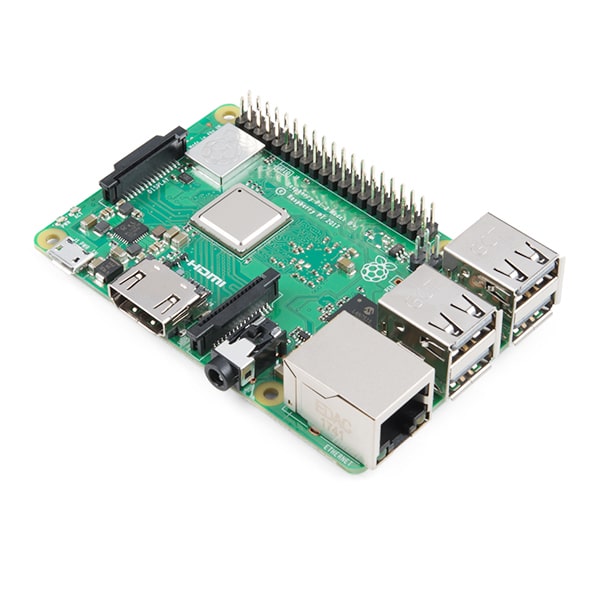
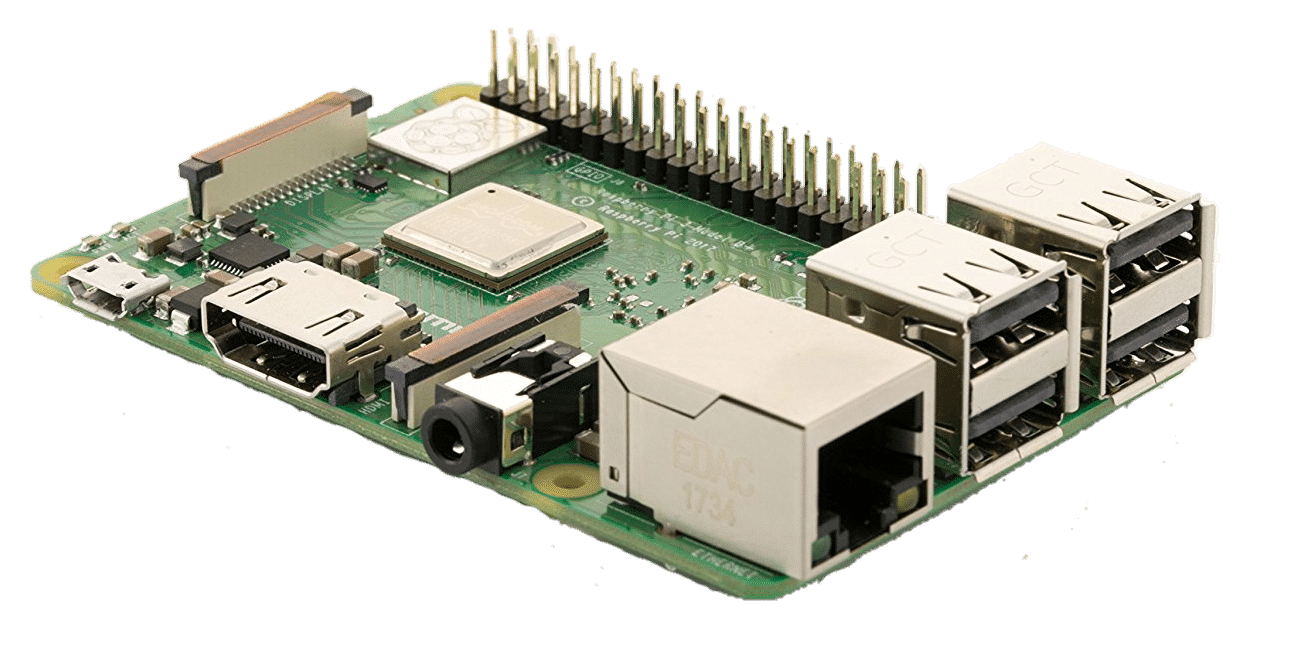
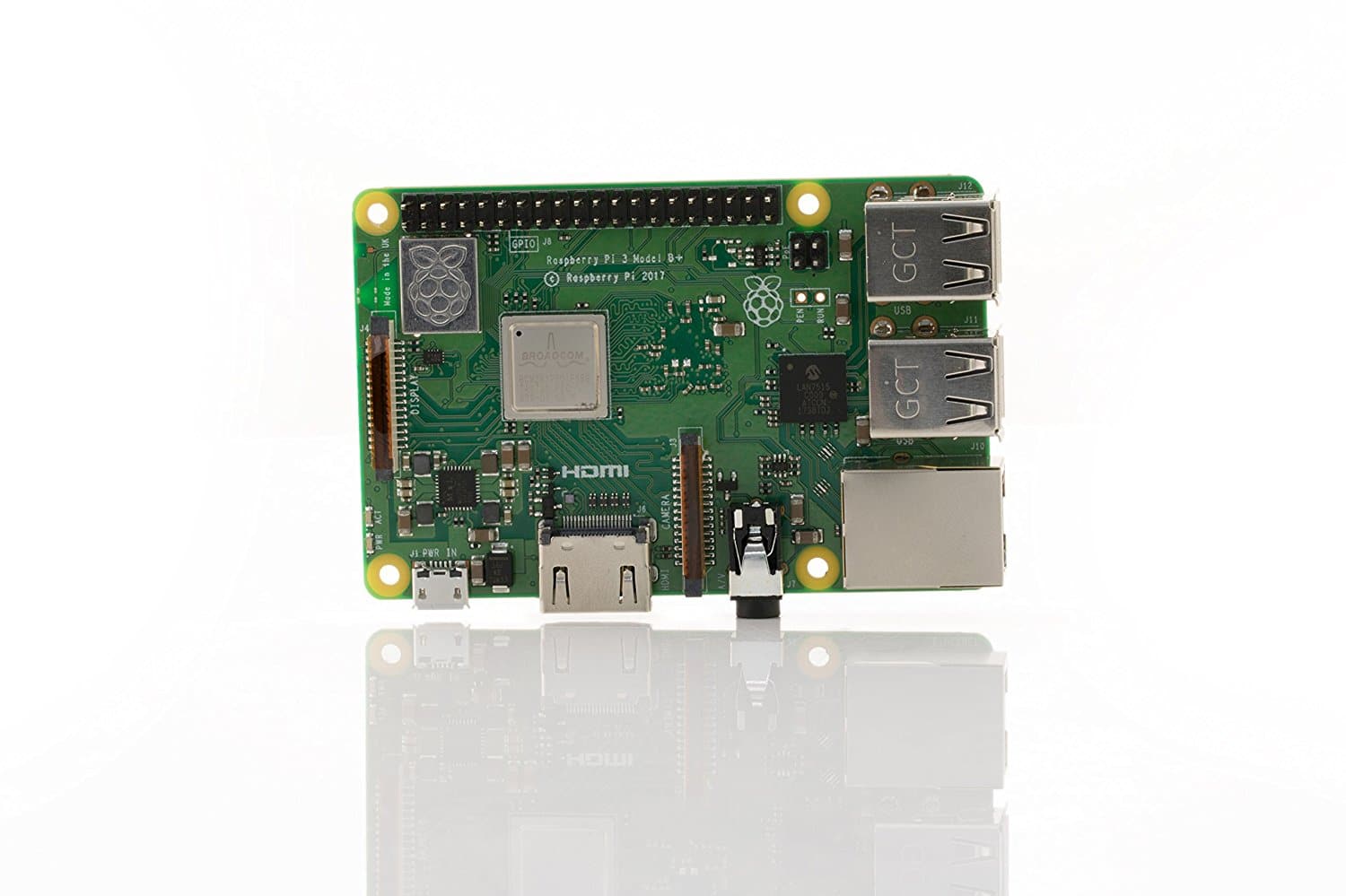

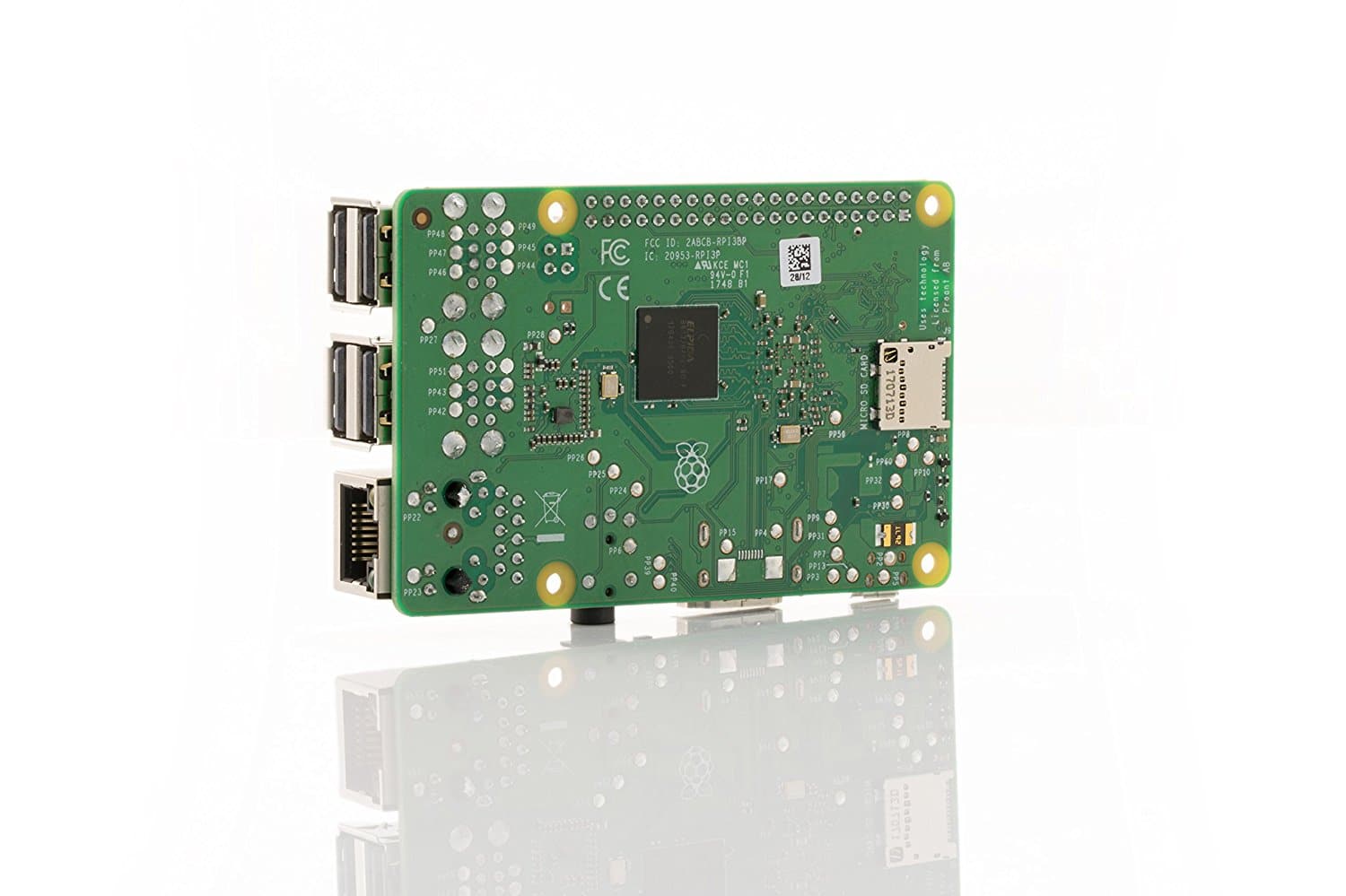
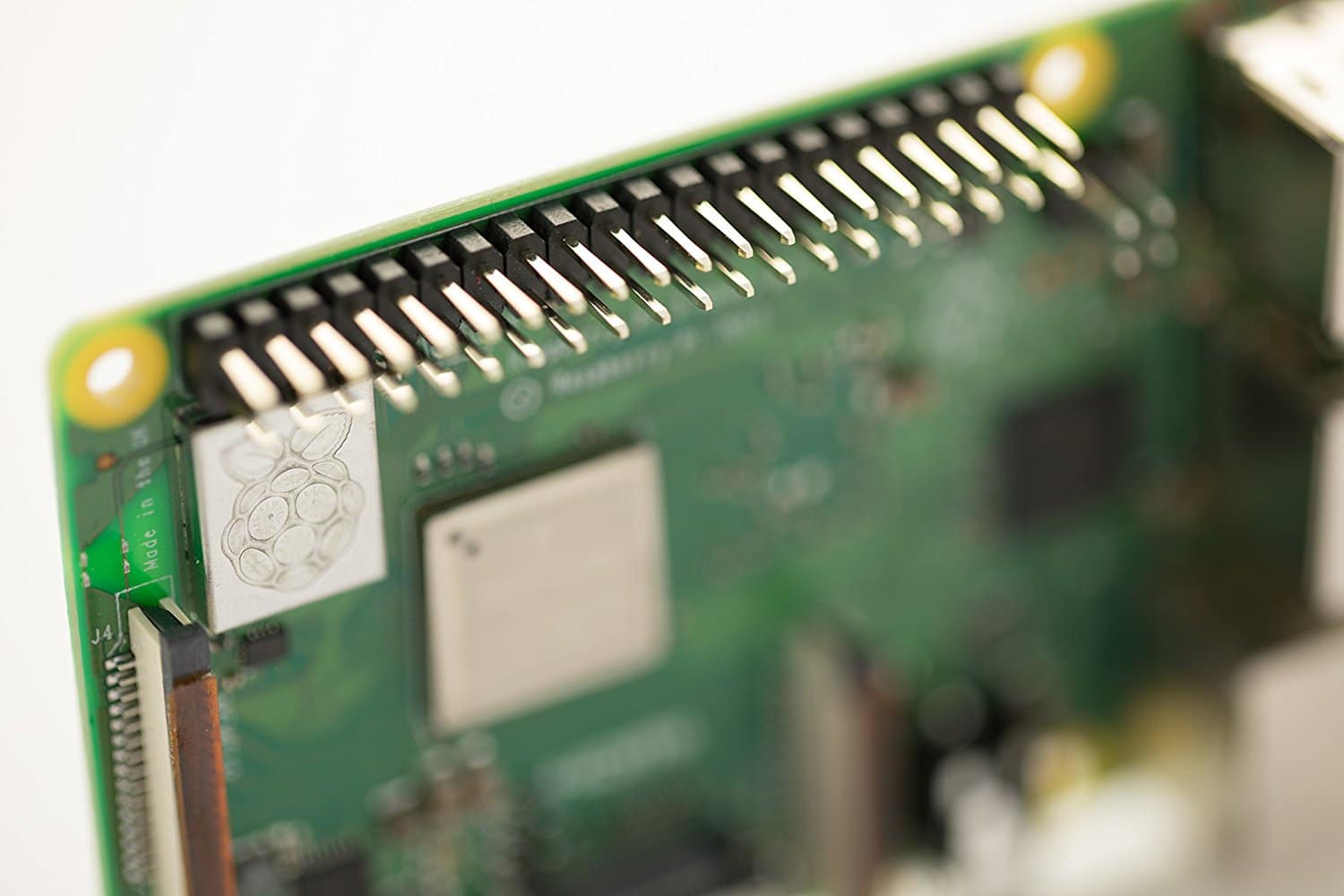
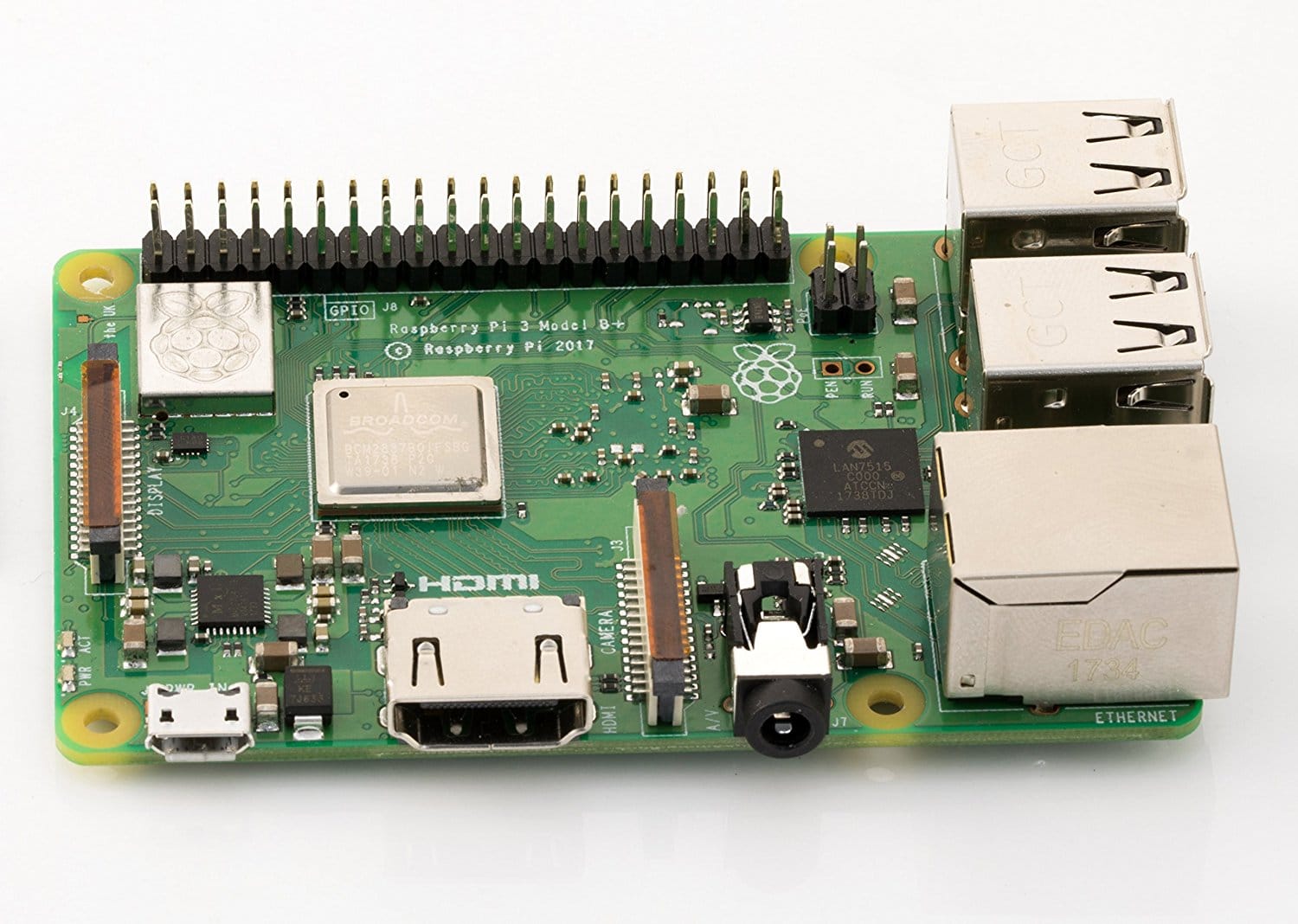
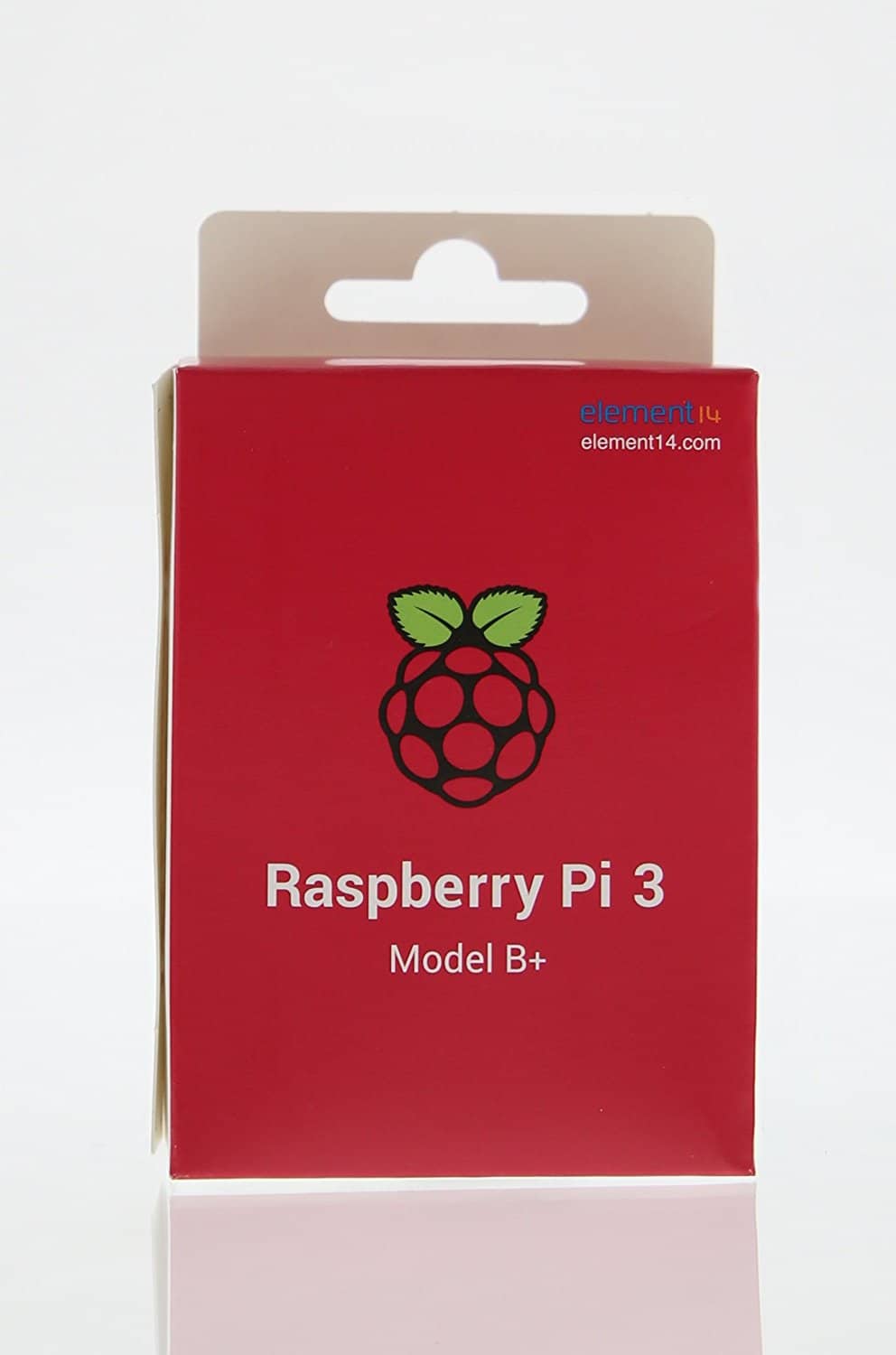
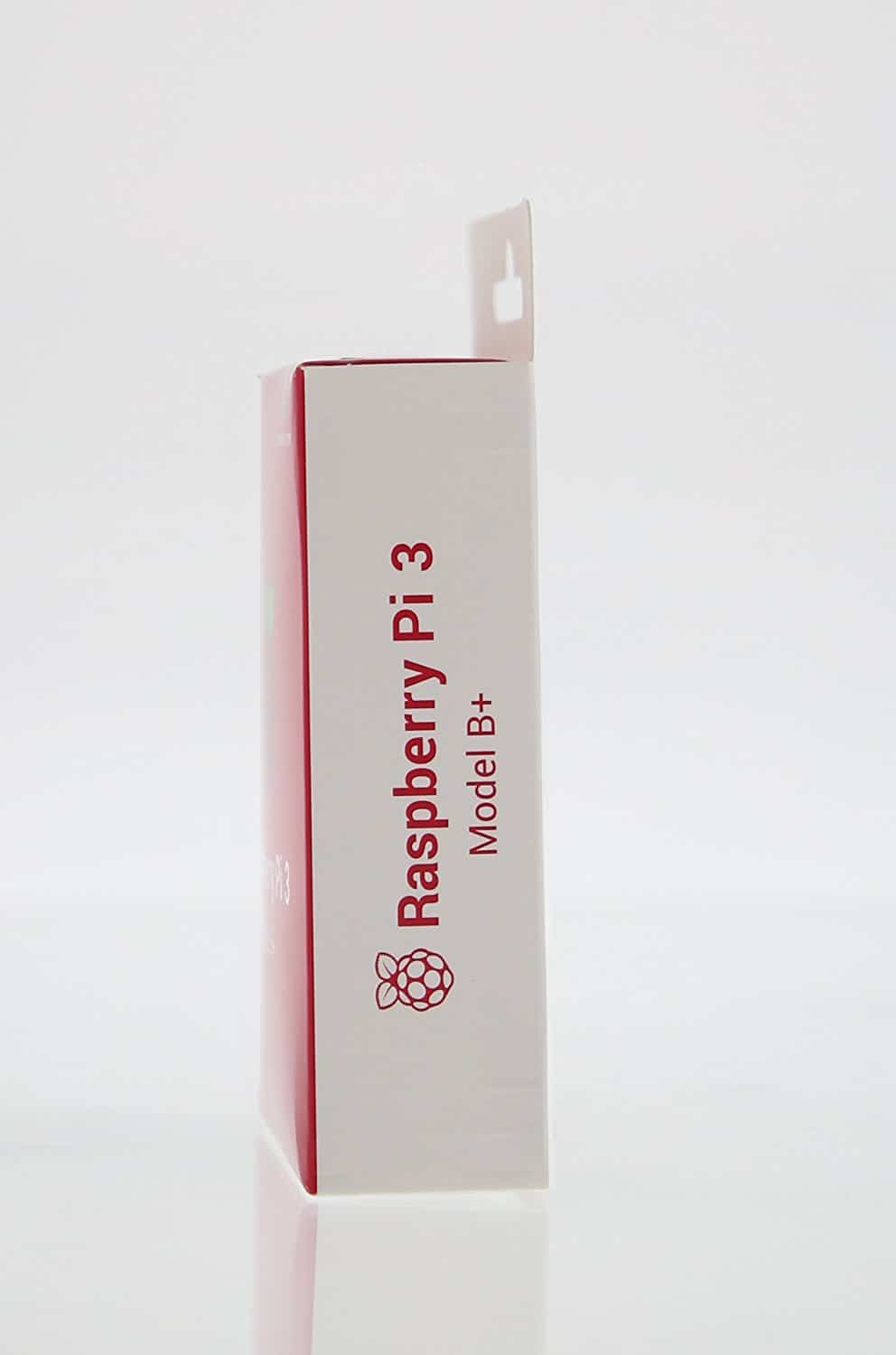



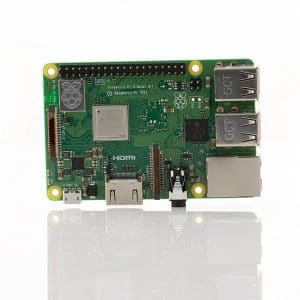


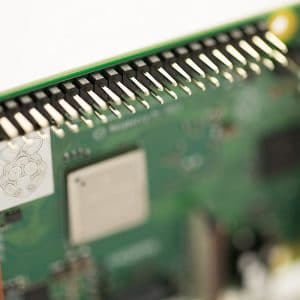
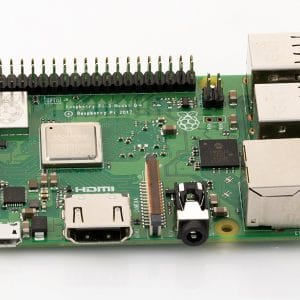
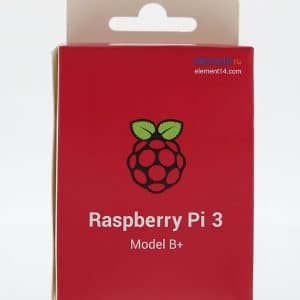






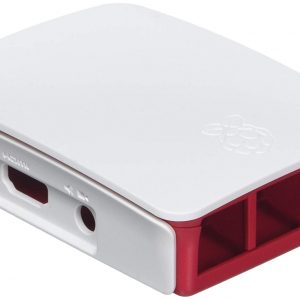
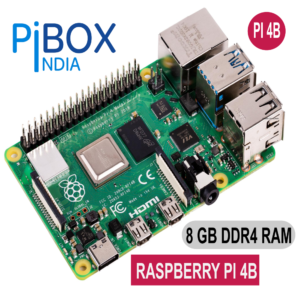







Reviews
There are no reviews yet.